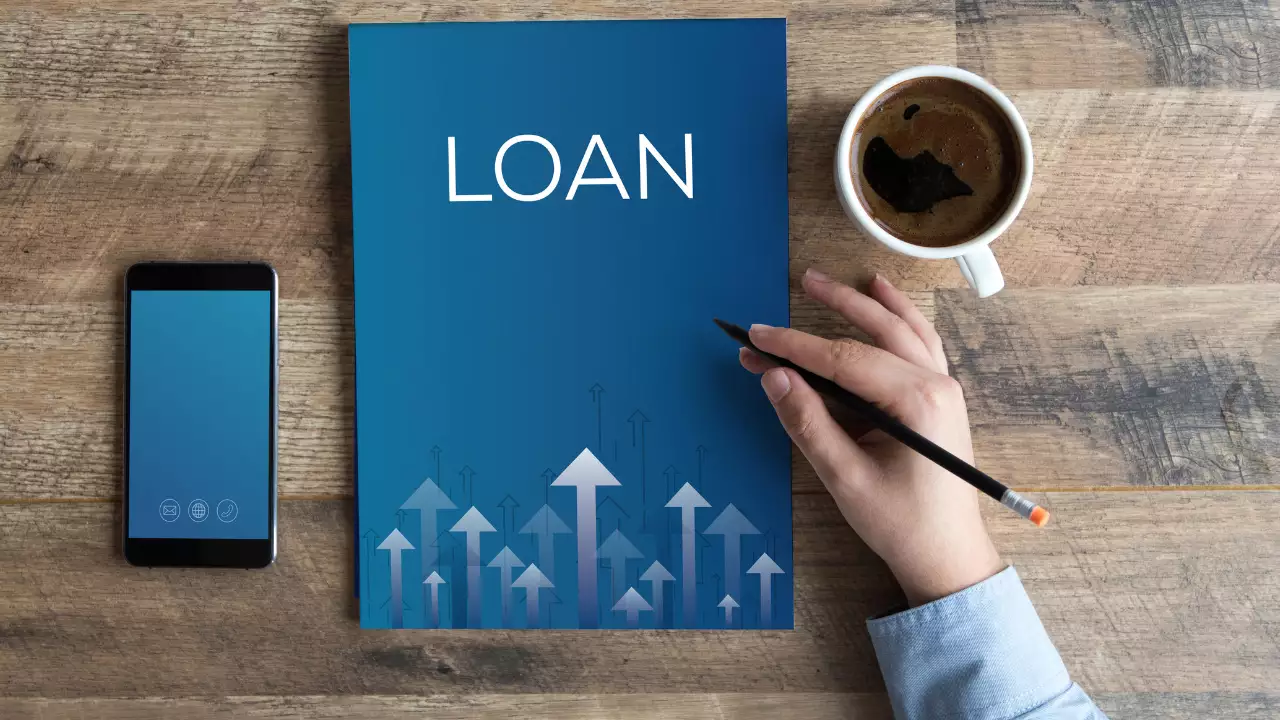Personal loans allow borrowers to obtain a lump sum of cash upfront to pay for various expenses. The loan amount, along with any interest and fees, is then repaid over a set period of time through fixed monthly payments.
Personal loans are available from banks, credit unions, online lenders, and other financial institutions. There are several different types of personal loans to choose from, each with their own unique features.
Understanding the key differences can help borrowers select the loan that best aligns with their financial situation and goals. Let’s start learning about personal loans, their types and pros and cons of such loans.
Secured vs Unsecured Personal Loans
The main distinction in personal loan types is whether the loan is secured or unsecured:
Secured Personal Loans

A secured personal loan requires the borrower to provide an asset as collateral that could be seized in case of default. Common assets used as collateral include vehicles, marketable securities, certificates of deposit, and real estate.
Pros
- Lower interest rates since the lender’s risk is reduced
- Larger loan amounts may be available
Cons
- Risk of losing valuable asset if unable to repay the loan
- Longer application process due to collateral evaluation
Unsecured Personal Loans

An unsecured personal loan does not require any collateral from the borrower. Instead, approval is primarily based on the applicant’s creditworthiness.
Pros
- No risk of losing a valuable asset in case of default
- Faster application process without collateral evaluation
Cons
- Higher interest rates due to increased risk for the lender
- Lower maximum loan amounts
Fixed Rate vs Variable Rate Personal Loans

Personal loans also differ in whether they have a fixed or variable interest rate:
Fixed Rate Personal Loans
Fixed rate personal loans maintain the same interest rate for the entire loan term. This allows for consistent, predictable monthly payments.
Pros
- Interest rate and monthly payments remain the same over the full loan term
- Easy budgeting with consistent payments
Cons
- Unable to take advantage if market rates decrease
- Usually higher rates than variable rate loans
Variable Rate Personal Loans
With a variable rate personal loan, the interest rate fluctuates over time based on market conditions. The monthly payment amounts adjust accordingly.
Pros
- Potential to benefit from decreases in market interest rates
- Usually lower initial rates compared to fixed rate loans
Cons
- Monthly payments can vary making budgeting difficult
- Risk that rates may significantly increase over time
Other Types of Personal Loans
Beyond whether they are secured or unsecured, and fixed or variable rate, there are a few other categories of personal loans:
Debt Consolidation Loans
These loans allow borrowers to consolidate multiple debts into one personal loan. This can simplify payments and sometimes reduce interest rates.
Cosigned/Joint Personal Loans
Applicants with insufficient credit history may apply for a loan with another person who has better credit. Both cosigners are equally responsible for repaying the loan.
Payday Alternative Loans
Some credit unions offer small, short-term loans as an alternative to high-cost payday loans. These typically have interest rate caps and other consumer protections.
Peer-to-Peer Loans
Also called social lending, these loans allow individual investors to fund personal loans facilitated by an online platform. This provides expanded access to capital.
| Type of Personal Loan | Key Features |
|---|---|
| Secured | – Requires borrower to pledge asset as collateral – Lower rates and higher loan amounts |
| Unsecured | – No collateral required – Based on creditworthiness – Higher rates and lower loan amounts |
| Fixed Rate | – Same interest rate for full loan term – Predictable payments |
| Variable Rate | – Interest rate adjusts based on market rates – Payments fluctuate |
| Debt Consolidation | – Combine multiple debts into one loan |
| Cosigned/Joint | – Second person cosigns to improve loan terms |
| Payday Alternative | – Small, short-term loans with consumer protections |
| Peer-to-Peer | – Funded by individual investors through an online platform |
How to Choose the Right Personal Loan

With many options to select from, it can be difficult to determine what type of personal loan best fits your needs. Here are some key factors to consider:
Loan Purpose
Think about why you need funds and how you plan to use the loan. This can dictate what loan type aligns best. For example, debt consolidation loans help simplify payments while secured vehicle loans provide funds for a large purchase.
Credit Score and History
Your creditworthiness plays a major role in the loan types, rates, and amounts you may qualify for. In general, borrowers with higher credit scores and longer positive credit history have more personal loan options.
Interest Rates and Fees
Compare interest rates and fees across multiple lenders. Unsecured loans typically have higher rates than secured loans. Prioritize finding the most affordable loan that meets your requirements.
Loan Amount
The amount you need to borrow can determine available loan types. Secured personal loans and cosigned loans often provide higher loan amounts.
Monthly Payments
Factor in required monthly payments on a personal loan to ensure they fit within your budget, alongside existing obligations. Don’t take on more debt than you can realistically handle.By weighing all of these factors, you can find the right personal loan option to match your financial situation. Be sure to read all loan terms carefully before signing.
Applying for a Personal Loan

Once you decide on the ideal type of personal loan for your needs, the application process is relatively straightforward. Here are the basic steps:
Check Credit Reports
Review your credit reports before applying to understand your credit score and check for errors. This allows time to correct any issues.
Research Lenders
Compare loan options from banks, credit unions, online lenders, and peer-to-peer platforms. Consider rates, fees, loan amounts, terms, and eligibility.
Complete Application
Provide all required information on a lender’s loan application, including your income, existing debts, assets, credit history, and purpose for the loan.
Get Approved
If approved, you will receive loan terms including the interest rate, fees, loan amount, monthly payments, and payoff timeframe for your review.
Accept Loan Terms
If satisfied with the loan details, accept the offer and sign the final loan agreement. The lender will then distribute funds per the timeline outlined. With an understanding of the various personal loan offerings available, borrowers can make informed decisions on the best loan products to suit their financial needs and goals.
Be sure to carefully weigh all pros, cons, costs, and risks before moving forward with any new debt obligations. Conducting thorough research is key to getting affordable financing with comfortable repayment terms.
That’s it folks. If you keep a basic understanding of all these types of loans, their pros & cons, then there is a high chance you’ll be able to make very good decisions which loan to take and which to pass.
Sources:
https://www.bankrate.com/loans/personal-loans/types-of-personal-loans/
https://www.nerdwallet.com/article/loans/personal-loans/secured-vs-unsecured-loans
https://www.commbank.com.au/articles/personal-loans/how-do-fixed-and-variable-rate-personal-loans-differ.html
https://www.bankrate.com/loans/personal-loans/secured-vs-unsecured-personal-loans/
https://www.investopedia.com/personal-loan-5076027
https://www.capitalone.com/learn-grow/money-management/fixed-vs-variable-apr/